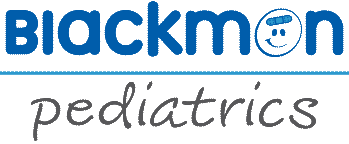Are there different kinds of burns? How are they treated?
Following are the 4 different levels of burns and the symptoms of each:
- 1st degree burns are minor and heal quickly. Symptoms are redness, tenderness, and soreness (like most sunburns).
- 2nd degree burns are serious injuries. First aid and medical treatment should be given as soon as possible. Symptoms are blistering (like a severe sunburn), pain, and swelling.
- 3rd degree burns (also called full-thickness burns) are severe injuries. Medical treatment is needed right away. Symptoms are white, brown, or charred tissue often surrounded by blistered areas. There may be little or no pain at first.
- 4th degree burns are severe injuries that involve skin, muscle, and bone. These often occur with electrical burns and may be more severe than they appear. They may cause serious complications and should be treated by a doctor right away.
Call your pediatrician if your child suffers anything more than a minor burn. ALL electrical burns and any burn on the hand, foot, face, genitals, or over a joint worse than 1st degree should receive medical attention right away.
First Aid for Burns
For severe burns, call 911 or your local emergency number right away. Until help arrives, follow these steps
- Cool the burn. For 1st and 2nd degree burns, cool the burned area with cool running water for a few minutes. This helps stop the burning process, numbs the pain, and prevents or reduces swelling. Do not use ice on a burn. It may delay healing. Also, do not rub a burn; it can increase blistering. For 3rd degree burns, cool the burn with wet, sterile dressings until help arrives.
- Remove burned clothing. Lay the person flat on her back and take off the burned clothing that isn't stuck to the skin. Remove any jewelry or tight-fitting clothing from around the burned area before swelling begins. If possible, elevate the injured area.
- Cover the burn. After the burn has cooled, cover it loosely with a dry bandage or clean cloth. Do not break any blisters. This could allow bacteria into the wound. Never put grease (including butter or medical ointments) on the burn. Grease holds in heat, which may make the burn worse. It also makes the burn harder to examine by medical personnel later.
- Keep the child from losing body heat. Keep the person's body temperature normal. Cover unburned areas with a dry blanket.
- Source Keep Your Family Safe: Fire Safety and Burn Prevention at Home (Copyright © 2007 American Academy of Pediatrics)

